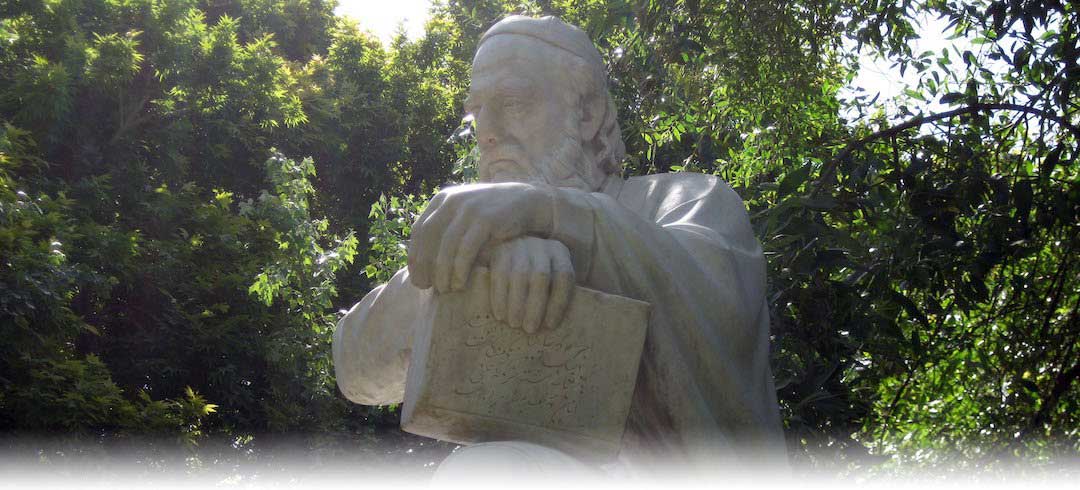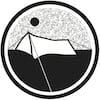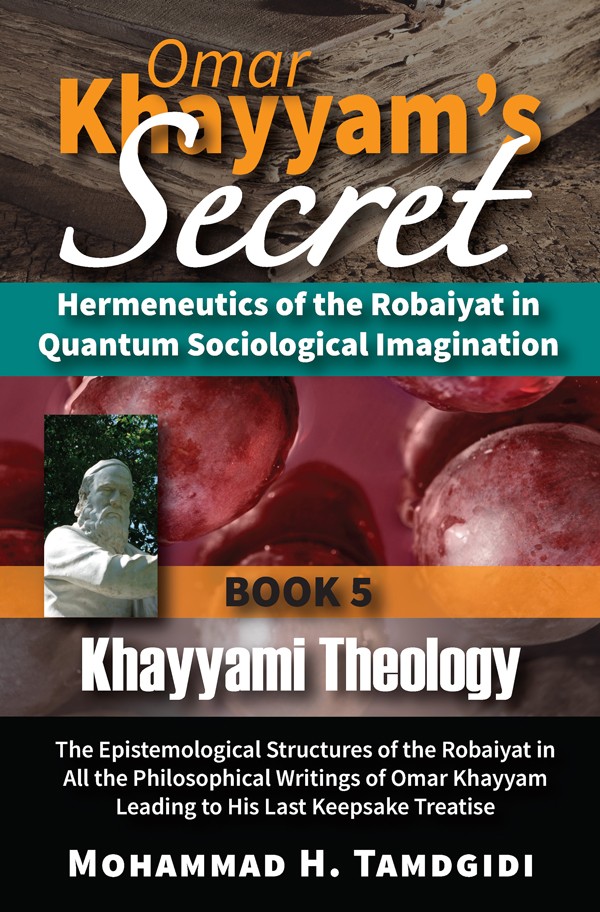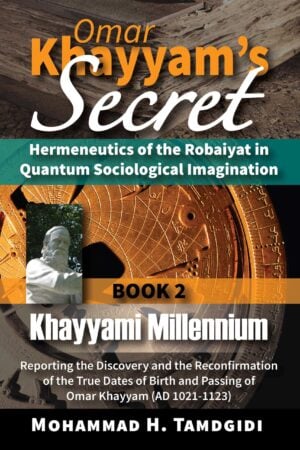Book Section: CHAPTER VII — From Grapes to Wine, Khayyam’s Unitary Way of Knowing: Integratively Understanding the Structures of Omar Khayyam’s Theological Epistemology in the Robaiyat as Spread Out in All His Philosophical Writings — by Mohammad H. Tamdgidi
$20.00
This essay, titled “From Grapes to Wine, Khayyam’s Unitary Way of Knowing: Integratively Understanding the Structures of Omar Khayyam’s Theological Epistemology in the Robaiyat as Spread Out in All His Philosophical Writings,” is the seventh chapter of the book Khayyami Theology: The Epistemological Structures of the Robaiyat in All the Philosophical Writings of Omar Khayyam Leading to His Last Keepsake Treatise, which is the fifth volume of the twelve-book series Omar Khayyam’s Secret: Hermeneutics of the Robaiyat in Quantum Sociological Imagination, authored by Mohammad H. Tamdgidi.
Description
Abstract
This essay, titled “From Grapes to Wine, Khayyam’s Unitary Way of Knowing: Integratively Understanding the Structures of Omar Khayyam’s Theological Epistemology in the Robaiyat as Spread Out in All His Philosophical Writings,” is the seventh chapter of the book Khayyami Theology: The Epistemological Structures of the Robaiyat in All the Philosophical Writings of Omar Khayyam Leading to His Last Keepsake Treatise, which is the fifth volume of the twelve-book series Omar Khayyam’s Secret: Hermeneutics of the Robaiyat in Quantum Sociological Imagination, authored by Mohammad H. Tamdgidi.
In this final chapter of Book 5 of the series Omar Khayyam’s Secret, Tamdgidi integrates the findings of the present book across its chapters with the findings of Book 4 in the general light of what was learned in the earlier books of the series. Although the focus in this book has been on Khayyam’s philosophical texts written before his last keepsake treatise on the universals of existence (which was studied in Book 4), we should keep in mind that only an integrative understanding of all of Khayyam’s extant philosophical writings can help us gain a full grasp of his theological epistemology as a whole.
Since the purpose of this final chapter is to develop an integrative understanding of what was learned so far in this series, the author does not try to divide the narrative into separate sections as far as the various treatises or texts we have studied in Books 4 and 5 are concerned. This is because the integrative task requires that we move and leap freely across those treatises to stitch their wisdom, consecutively written and read or not. Having studied Khayyam’s last keepsake treatise in the previous book has in fact given us the ‘future’ vantage point of the most developed worldview of Khayyam from which we can retrospectively understand what he wrote earlier in his philosophical tracts. So, we will take advantage of that opportunity to gain a sense of how various topics discussed by Khayyam fit into the overall picture of his theological and philosophical insights. Still, our main goal will be to understand what specifically each of his philosophical texts contributes to the theological epistemology and ontology framing his Robaiyat, and to our understanding of its origins, nature, and purpose.
So, in the first section of this chapter, the author has all of Khayyam’s extant philosophical writing, including his last keepsake treatise, in view, while also being mindful of the general light our findings in the earlier books of the series (books 2 and 3) shed on our study. In a second section, he tries to relate the findings back to the hermeneutic methodology adopted and applied (as introduced in Book 1) in the series as framed in the quantum sociological imagination, trying to understand what we have learned about Khayyam’s theological epistemology and ontology in relation to the contrast between Newtonian and quantum visions of reality. In a third and final section before concluding the chapter, he introduces an important hermeneutic discovery regarding what Khayyam could have primarily and specifically meant by ‘wine’ as a metaphor or trope in his Robaiyat.
Overall, in this chapter Tamdgidi argues that the most fruitful way of understanding Khayyam’s six texts studied in this book is by regarding them as efforts made at defending his “succession order” thesis implicitly revealed when commenting on Avicenna’s sermon and finalized in his last keepsake treatise. The texts served to offer the theological epistemology behind Khayyam’s thesis, revealing his creative conceptualist view of existence that informed his poetic way of going about knowing God, creation, and himself within a unitary Islamic creationist-evolutionary worldview.
He further shows how Khayyam’s way of knowing God and existence is non-dualistic, non-atomistic, and unitary in worldview, allowing for subject-included objectivity, probabilistic determinism, transcontinuous (or ‘discontinuous’) creative causality, transdisciplinarity, and transculturalism; it thus fulfils in a prescient way all the eight attributes of the quantum vision (Tamdgidi 2020). Poetry is most conducive to unitary knowing, and subject-included objectivity must necessarily be self-reflective and thus engage intellective, emotional, and sensible modes of knowing. This explains why Khayyam transcended scholastic learning in favor of a poetic encounter with reality. What he meant by ‘Drunkenness,’ calling it the highest state of mind known to him, can thus be best understood as a unitary, quantum state of mind achieved by way of his poetry as a meditative art of self-purification (what he called “tazkiyeh-ye nafs”). The goal, metaphorically, is to move from a way of knowing things as divisible grapes to a pure and unitary way of knowing them as indivisible wine—paralleling what we call today moving from chunky Newtonian toward unitary quantum visions of reality.
Tamdgidi posits that the key for entering Khayyam’s secret tent is realizing that what he primarily meant by ‘Wine’ in his Robaiyat was self-referentially his Robaiyat itself, a key openly hidden therein thanks to his theological epistemology. For him, the Robaiyat was a lifelong work on himself, serving also human spiritual awakening to its place and duty in the succession order of God’s creation. It also served his aspiration for a lasting soul. He knew the now-proven worth of his secret magnum opus, and that is why he so much praised his ‘Wine.’
In the last section of the chapter the author applies Khayyam’s own preferred procedure of going about knowing things (as introduced in his treatise on the created world and worship duty addressed to Nasawi) by first asking whether the Robaiyat existed, then asking what its nature was, and finally why it existed. We may even consider the triad in relation to the aim of the series in terms of seeking to understand the origins, nature, and purpose of the Robaiyat. The latter triad may belong, for instance, as sub-categories of the question of the nature (the “whatness”) of the object of our study, that is the Robaiyat.
As far as the question whether the Robaiyat existed is concerned, Tamdgidi argues that the findings of the Books 2 and 3 of the series firmly established Khayyam’s true dates of birth and passing, the hermeneutic study of his horoscope leading to the confirmation that he had composed a collection of one thousand quatrains. Regarding the Robaiyat’s “whatness,” he argues that its origins can clearly be traced to Khayyam’s ontological worldview pointing to the existential requirement for humankind (including Khayyam himself) to spiritually awaken to its place in the succession order of creation. This requires cultivating a unitary cosmic imagination in which the personal troubles of humankind can be understood in relation to its place in the created world as a whole, and both in relation to God. Poetry is the best language that can cultivate such a unitary imagination, explaining the poetic nature of Khayyam’s work, and its purpose to advance a way of knowing things as divisible grapes to a way of knowing them as a unitary and indivisible wine.
As for the question of why the Robaiyat came to exist, Tamdgidi suggested that a collection of one thousand quatrains can represent a wish on Khayyam’s part to be resurrected continually in spirit, like the mythological Phoenix who in the Persian cultural context is attributed millennial cycles of resurrection. It served him as a way of immortalizing his soul, aspiring for a lasting spiritual life. He may have even hidden this deeper wish expressed metaphorically in his Phoenix in his Robaiyat collection itself. Tamdgidi will explore this possibility when it comes to investigating the attribute quatrains themselves directly, asking whether there are any clues in the meaning structure of their metaphors and tropes that can accommodate the notion that Khayyam considered his poetry collection as a means for his continual spiritual resurrection like the Phoenix in the spirit of humankind.
Recommended Citation
Tamdgidi, Mohammad H. 2022. “CHAPTER VII — From Grapes to Wine, Khayyam’s Unitary Way of Knowing: Integratively Understanding the Structures of Omar Khayyam’s Theological Epistemology in the Robaiyat as Spread Out in All His Philosophical Writings.” Pp. 409-482 in Omar Khayyam’s Secret: Hermeneutics of the Robaiyat in Quantum Sociological Imagination: Book 5: Khayyami Theology: The Epistemological Structures of the Robaiyat in All the Philosophical Writings of Omar Khayyam Leading to His Last Keepsake Treatise. (Human Architecture: Journal of the Sociology of Self-Knowledge: Vol. XVIII, 2022. Tayyebeh Series in East-West Research and Translation.) Belmont, MA: Okcir Press.
Where to Purchase Complete Book: The various editions of the volume of which this Book Section is a part can be ordered from the Okcir Store and all major online bookstores worldwide (such as Amazon, Barnes&Noble, Google Play, and others).
Read the Above Publication Online
To read the above publication online, you need to be logged in as an OKCIR Library member with a valid access. In that case just click on the large PDF icon below to access the publication. Make sure you refresh your browser page after logging in.







